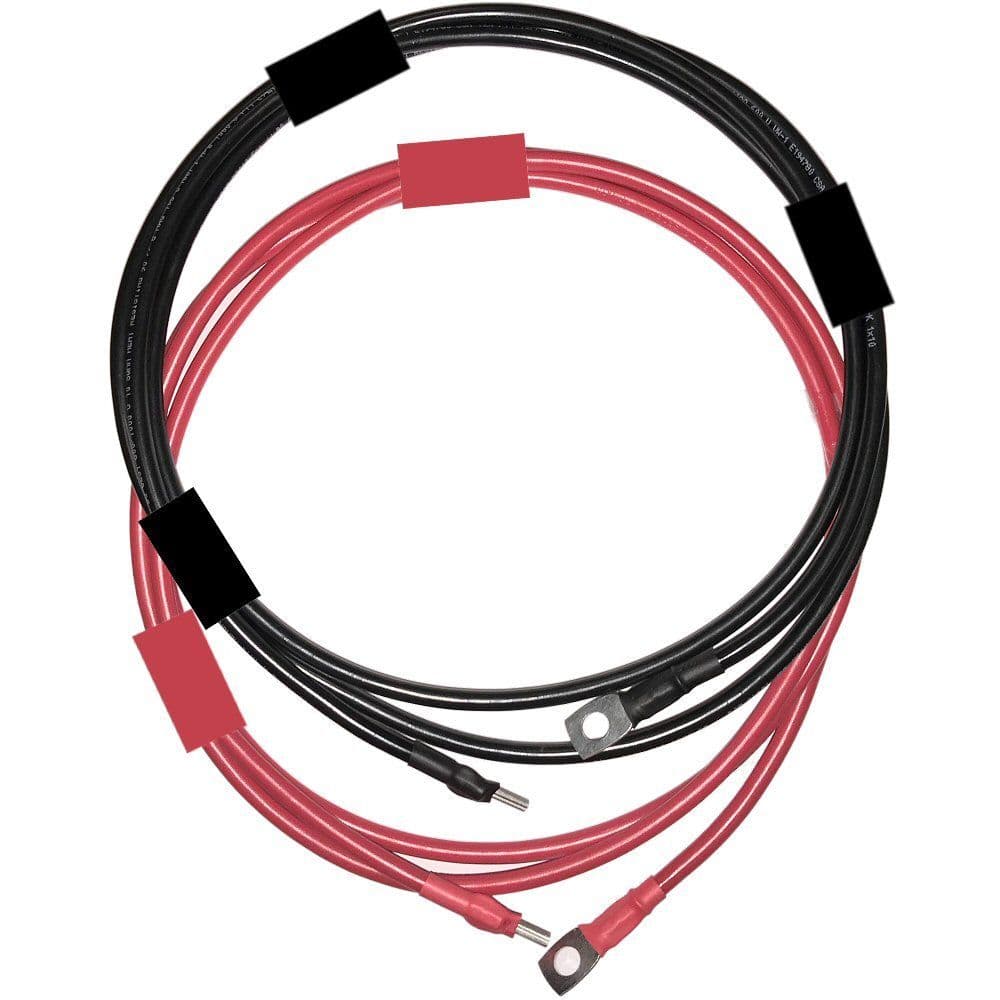On that "breaker" - it sure looks like a fuse to me. I would not keep it no matter what you do. This is just based on me looking up that brand/type and although I found the parent company, I could not find any actual data sheets. I only found them sold places like eBay. Not a great sign, to my mind. There are many makers of "Amazon" type fuses. I have seen them come to grief. These are important so you don't want "lesser" ones, or something you can't find the specs on.
If you do choose to keep it, buy those specific spare fuses and carry a couple spares. Also, you might want to check your Xantrex documentation, because my Xantrex 1500 calls for a 150a fuse. Guessing the Xantrex 1000 would call for a 100a fuse (yes, you are fusing for the wire, and your wire is plenty large, but sometimes device makers kind of do "double duty" and use it as a second line of defense for the device).
But....the inverter is your biggest single load by far. Why not use a known/rated/specced fuse (or breaker, though that will be more expensive). Or use one of the fuses already a part of the Safety Hub, as in my drawing. I would likely do that just because.... they are already there. Then you don't have to carry some completely different/unique type of spare fuses.
If you do want to use some different type of fuse, keep in mind that then you will want to stock and carry spares of that specific, different fuse type (I try to keep that to a minimum when planning, but it's certainly something you can do). Other fuse types you could consider:
These will all be AFTER the MRBF fuse and after the switch, so they don't need a specific AIC rating.
I've never used a breaker on my inverter and have never blown a fuse, but... you can if you want to.
Other possibilities. If your inverter just wants to be different
ANL 100a fuse with ANL fuse block (similar form factor to what you have).
Mega 100a fuse with Mega fuse block (similar form factor to what you have)
Blue Sea 187 Series breaker, specifically 100a BS 7144 (this is a breaker)
Or if you do want to use a Midi fuse, like is in the Safety Hub, but you just want a separate fuse holder for some reason I can't see:
Midi 100a fuse in separate Midi fuse holder (this the identical fuse type as the ones already in the Safety hub).

